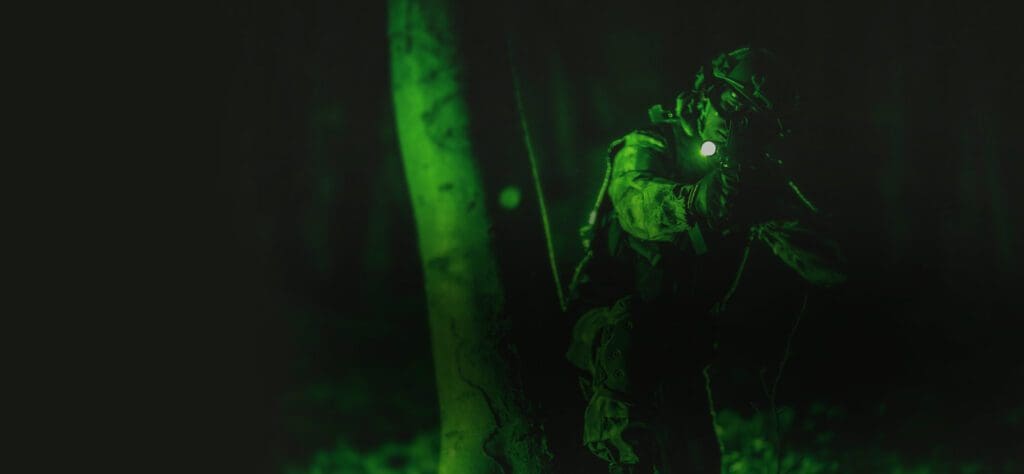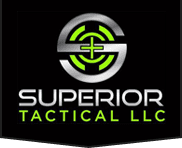Night Vision in Extreme Conditions

Night vision devices are indispensable tools for various activities, from outdoor adventures and wildlife observation to military operations and search-and-rescue missions. In extreme conditions, these devices become even more critical, enabling users to navigate, observe, and perform tasks that would otherwise be impossible in low-light environments. However, harsh conditions pose unique challenges that can affect the performance and longevity of night vision equipment. This post delves into the science behind night vision technology and offers practical tips for using night vision devices in extreme conditions.
1. Understanding Night Vision Technology
How Night Vision Works
Night vision technology amplifies available light to enhance visibility in low-light conditions. There are two main types of night vision technology: image intensification and thermal imaging.
- Image Intensification: This technology uses animage intensifier tube to collect and amplify light. Photons enter the device and are converted into electrons, which are then accelerated and converted back into visible light on a phosphor screen. This process creates a bright, clear image even in low-light conditions.
- Thermal Imaging:Thermal imaging detects infrared radiation (heat) emitted by objects and converts it into a visible image. This technology can see through complete darkness, smoke, fog, and other obstructions, making it ideal for a wide range of applications.
Importance of Choosing the Right Technology for Specific Conditions
Choosing the right night vision technology depends on the environment and specific conditions you’ll encounter. For example, thermal imaging is more effective in complete darkness and through visual obstructions, while image intensification provides clearer images in low-light conditions with some ambient light.
2. Using Night Vision in Extreme Cold
Effects of Cold Temperatures on Night Vision Devices
Cold temperatures can have several effects on night vision devices:
- Battery Life: Cold weather can significantly reduce battery performance, leading to shorter operating times.
- Lens Fogging: Condensation can form on lenses, obstructing the view and reducing image clarity.
Tips for Maintaining Device Performance in Cold Weather
- Pre-warming the Device: Keep your night vision device warm before use by storing it in an insulated case or close to your body.
- Using Insulated Covers: Insulated covers can help maintain the device’s temperature and prevent rapid cooling.
- Regularly Checking and Replacing Batteries: Carry spare batteries and regularly check and replace them to ensure consistent performance.
Recommended Night Vision Devices for Cold Environments
- PVS-14 Night Vision Monocular: Known for its durability and high performance in extreme conditions.
- Nocturn Industries Manticore-R Rugged Aluminum Night Vision Goggle: Offers superior image clarity and is built to withstand harsh weather conditions.
3. Using Night Vision in Extreme Heat
Effects of High Temperatures on Night Vision Devices
High temperatures can also affect the performance of night vision devices:
- Overheating: Excessive heat can cause the device to overheat, leading to malfunctions or permanent damage.
- Image Quality: High temperatures can degrade image quality and cause electronic components to fail.
Tips for Maintaining Device Performance in Hot Weather
- Keeping the Device Shaded: Protect the device from direct sunlight by keeping it shaded when not in use.
- Allowing for Proper Ventilation: Ensure adequate ventilation to prevent overheating. Avoid enclosing the device in airtight cases.
- Monitoring Device Temperature: Regularly check the device’s temperature and allow it to cool down if it becomes too hot.
Recommended Night Vision Devices for Hot Environments
- InfiRay RH25 V2 Multi-function Thermal Monocular: Designed for high-performance thermal imaging in extreme heat.
- PVS-14 Night Vision Monocular: Durable and reliable, even in hot weather conditions.
4. Using Night Vision in High Humidity
Effects of Humidity on Night Vision Devices
High humidity levels can pose several challenges for night vision devices:
- Lens Fogging: Humidity can cause condensation on lenses, obstructing the view.
- Internal Moisture: Moisture can seep into the device, potentially damaging internal components.
Tips for Maintaining Device Performance in Humid Conditions
- Using Anti-fog Coatings: Apply anti-fog coatings to lenses to prevent condensation.
- Sealing and Protecting the Device: Use protective seals and covers to keep moisture out.
- Regularly Checking for Moisture Buildup: Regularly inspect the device for signs of moisture and take appropriate measures to dry it out.
Recommended Night Vision Devices for Humid Environments
- PVS-14 Night Vision Monocular: Built to withstand high humidity levels and includes protective features to prevent moisture damage.
- RNVG – Ruggedized Night Vision Goggle: Offers excellent performance in humid conditions and is designed to resist moisture buildup.
5. General Tips for Using Night Vision in Harsh Conditions
Proper Storage and Transportation of Night Vision Devices
- Protective Cases: Use durable, waterproof cases to store and transport your night vision devices.
- Temperature Control: Avoid exposing the device to extreme temperatures for extended periods.
Regular Maintenance and Care
- Cleaning Lenses: Regularly clean lenses with a soft, lint-free cloth to ensure clear images.
- Inspecting Components: Periodically inspect the device for signs of wear or damage and perform necessary repairs.
Adapting to Changing Conditions in the Field
- Be Prepared: Carry spare batteries, anti-fog solutions, and other essential accessories.
- Stay Informed: Monitor weather conditions and adjust your equipment and techniques accordingly.
Conclusion
Using night vision devices in extreme conditions requires careful preparation and maintenance to ensure optimal performance. Whether you’re operating in extreme cold, heat, or humidity, choosing the right technology and following best practices can make a significant difference. Proper storage, regular maintenance, and adapting to changing conditions are key to effectively using night vision devices in harsh environments.
We invite you to share your personal experiences and questions in the comments section below. By exchanging tips and insights, we can all become more adept at navigating extreme conditions with night vision technology.
